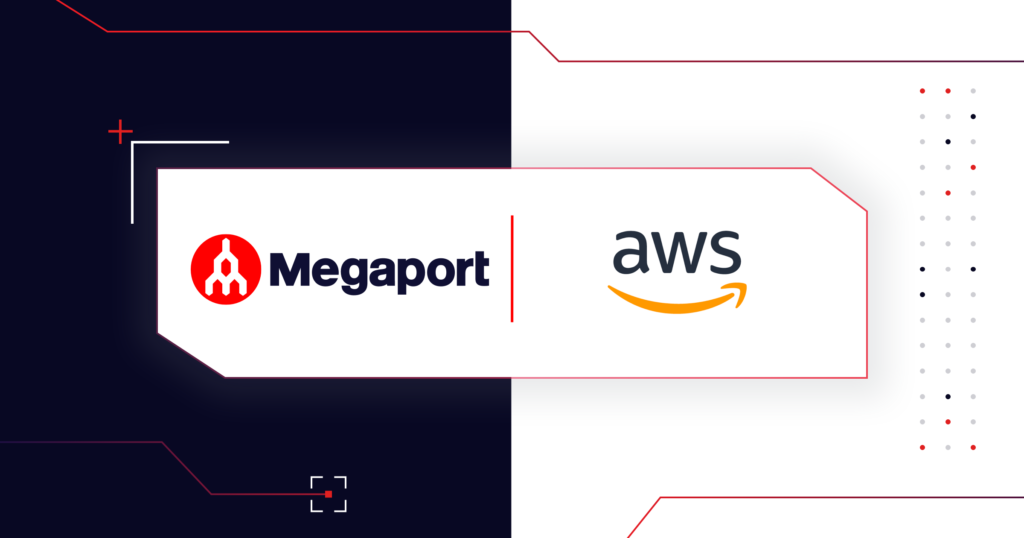Tech

How Megaport and Wasabi Are Simplifying Cloud Storage
As the demand for cloud resources continues to surge, innovative cloud storage providers like Wasabi are reshaping the industry with their agile and cost-effective solutions.
Read More
How Generative AI is Changing the Way We Harness Our Data
In today’s ever-evolving digital landscape, data is the new gold. And with the advent of generative AI in cloud services, businesses have a unique chance to transform their data in powerful new ways.
Read More
How We’re Using AI and ML to Improve Cloud Management
With artificial intelligence and machine learning in the news of late, what might they mean for cloud computing?
Read More
Five DevOps Resources You Should Use in 2023
How can enterprises streamline their operations for improved internal efficiency and customer satisfaction?
Read More
How Quantum Computing Can Better Protect Your Data
Bringing the power of quantum encryption to the cloud, we take a look at the emerging technology that’s changing how we protect our data.
Read More
The Enterprise’s Guide to AWS Direct Connect and Transit Gateway
Demystifying Direct Connect and Transit Gateway so you can better understand your AWS networking capabilities.
Read More
From Excavators to Earthquakes: Achieving Redundant Networks
We look at the challenges connectivity providers face with achieving fully redundant networks, and share our tips on how to check your provider’s redundancy.
Read More
Choosing a Device to Connect Your Megaport
You have the choice of a number of ways to physically connect to Megaport in your data centre.
Read More
Accessing Google Cloud APIs via Google Partner Interconnect and Megaport
With the emergence of new and innovative cloud computing technologies, companies have the ability to drive digital transformation initiatives with completely different economics, pace, and scale.
Read More
Achieving Network Redundancy with an Active/Active AWS Direct Connect Connection
When it comes to moving mission-critical workloads into the cloud, backup is your best friend.
Read More
Q and A for Q-in-Q part 2
Following our last post where we discussed the concept of stacked VLAN tags (Q-in-Q) , in this second part we will focus specifically on Microsoft Azure and the ExpressRoute product offering that brings direct connectivity into the Azure public cloud environment.
Read More
Q and A for Q-in-Q part 1
In this two part blog series, we will cover some of the basics around double-stacked VLAN tagging, otherwise known as Q-in-Q, or by it’s formal IEEE definition, 802.
Read More
API Highlight: Ordering
Four ways to order services via our API In this post we’ll look at the process for systematically ordering services using the Megaport API.
Read More
API Highlight: Introduction
One of the key features of the Megaport service is our flexible network model.
Read MoreCategories
Tags
- AI
- Announcement
- Api
- Aruba
- Automation
- AwS
- AWS Direct Connect
- AWS Outposts
- AWS PrivateLink
- AWS Transit Gateway
- BGP Routing
- Business
- Careers
- Cisco
- Cloud
- Cloud Data
- Comparison
- Cross-Cloud
- Developer
- Fortinet
- Gartner
- Generative AI
- Google Cloud
- Guide
- Healthcare
- Hybrid Cloud
- Internet Exchange
- IX
- LLM
- Mega Internet Exchange
- Megaport Cloud Router
- Megaport Products
- Megaport Virtual Edge
- Microsoft Azure
- ML
- Multicloud
- NaaS
- NetApp
- Networking
- News
- Oracle
- Oracle FastConnect
- Palo Alto
- Partners
- Peering
- Products
- Resources
- SD-WAN
- Sustainability
- Tech
- Terraform
- Versa Networks
- Virtual PoP
- VMware
- VPC Peering
- VXC
- Wasabi
- ZTNA